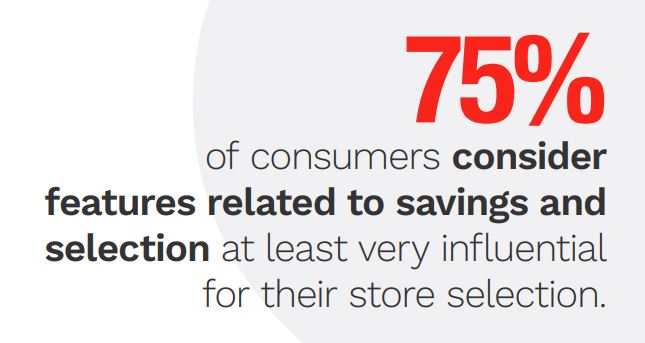
As younger consumers reshape the retail landscape, their motivations, preferences, and behaviors provide invaluable insights for brands and retailers striving to stay ahead.
A PYMNTS Intelligence report, “The Online Features Driving Consumers to Shop With Brands, Retailers or Marketplaces,” a collaboration with Adobe, analyzes the evolving dynamics of online shopping, unveiling distinct trends that set Generation Z apart from other age groups. Understanding these shifts is crucial for brands aiming to connect with this influential demographic and adapt their strategies accordingly.
Generation Z stands out for its deep-seated desire for trust in online shopping. According to the report, 43% of Gen Z consumers prefer purchasing directly from brands, significantly higher than older generations. Trust is a primary driver in their shopping decisions, with 15% of these consumers identifying it as the main reason for choosing brand websites over third-party options.

In contrast, older generations, such as baby boomers and Gen X, are more likely to prioritize price when selecting where to shop. These groups often favor retailer sites and online marketplaces, where competitive pricing tends to dominate. This generational divergence signals an opportunity for brands willing to build strong, trustworthy relationships with younger consumers. For brands that succeed in cultivating trust, the potential for market growth is substantial, as Gen Z represents a formidable consumer force. Spending on retail purchases directly from brands could represent $72 billion for Generation Z.
While Gen Z values trust, the broader consumer base still favors online marketplaces for their superior features. According to the report, 48% of consumers believe online marketplaces provide better selection, free shipping and multiple payment options. These features give marketplaces a competitive edge over brand websites and traditional retailers.
But brand websites are not entirely outmatched. They are seen as reliable when it comes to trust and customer service. Still, as consumers increasingly seek hassle-free shopping experiences, brands must enhance their online features to remain competitive. This includes investing in streamlined navigation, diverse product offerings, and user-friendly interfaces to rival the convenience of online marketplaces.
In an era where convenience reigns supreme, two elements stand out as critical for online shopping success: free shipping and easy checkout. While 66% of consumers consider free shipping a vital factor in their loyalty to an online store, 50% emphasize the importance of a smooth checkout experience.
Given the pricing challenges brands face against retailers and online marketplaces, offering these features can significantly boost customer retention and sales conversions.
There is a trend to ponder: 80% of consumers who primarily shop on online marketplaces report higher satisfaction compared to 76% from retailer sites and 72% from brand sites. This suggests that brands need to pay closer attention to customer satisfaction metrics and invest in improving their overall shopping experience.
Insights reveal that product type significantly impacts consumer satisfaction, with buyers of home furnishings, appliances, and groceries expressing similar satisfaction levels across various shopping platforms. This suggests that while features and trust are important, the nature of the product itself plays a crucial role in shaping online shopping preferences.